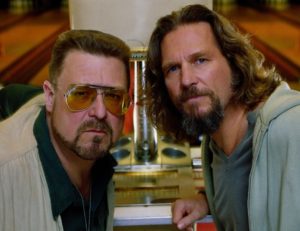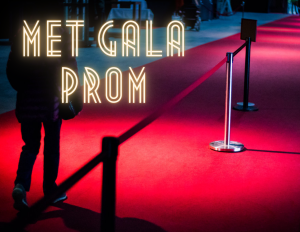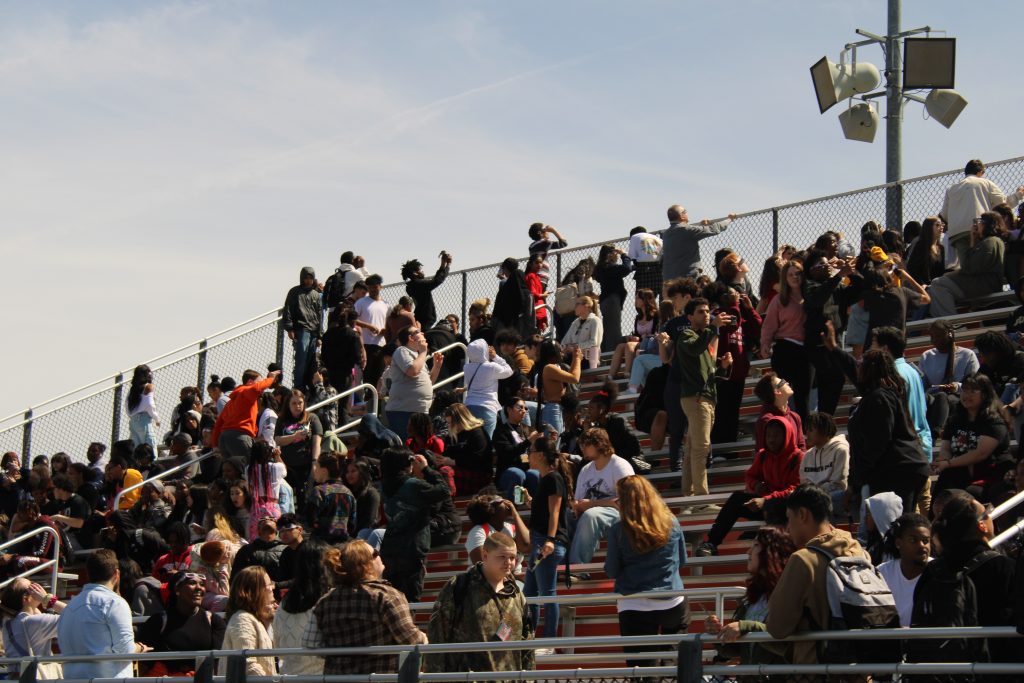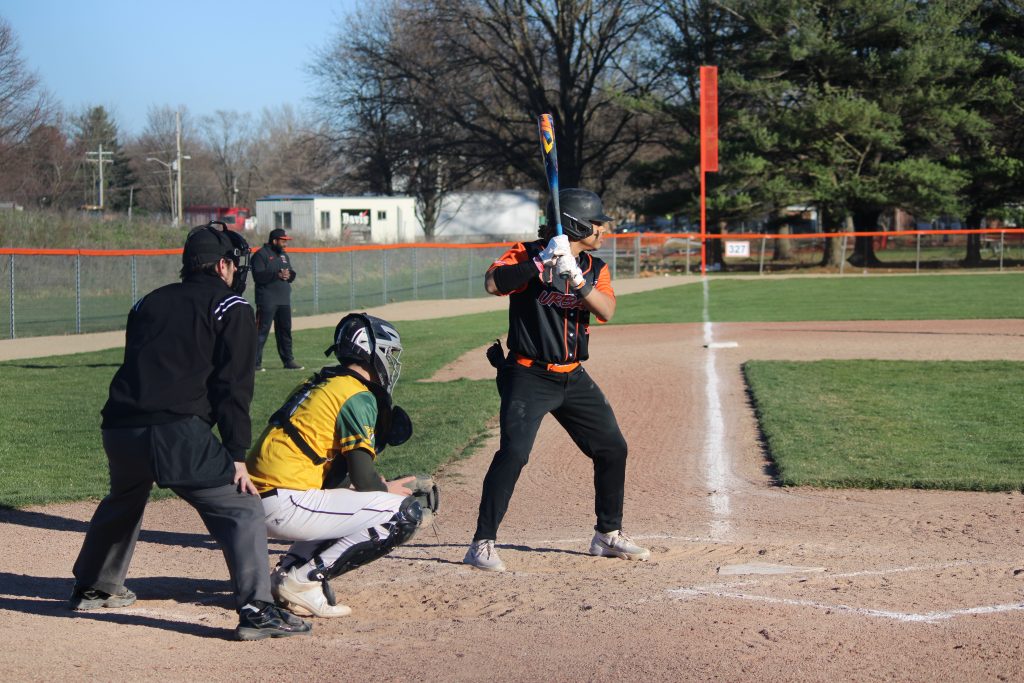Our Generation’s Love of the Past through Films
When the credits flashed, I was struck with grieving disappointment—I didn’t want the movie to end. I had been transported to the era of prohibition and aspiration, of artists and muses, of theatre and literature. Suddenly, the lights clicked on and I despairingly shuffled out of the theater, faced with the harsh reality of adults checking the time on their cell phones and scurrying along home—welcome to 2011.
A year later, I was engulfed in the captivating cinematography of “My Week with Marilyn,” a film portraying the icon as a glamorous but flawed woman, whose image was domesticated by the media. Her sex symbol apparatus disappeared in heartfelt scenes; she carried an aura of whimsy and allure, and a charisma too enticing to be tamed. I imagined myself as a young girl living in Marilyn’s decade, absorbing her beauty through a black and white lens, imitating her flirtatious disposition and wild exclamations.
A major element of success in these movies lay in the costume design, which was sophisticated and demure. Woody Allen’s “Midnight in Paris” featured drop waisted flapper dresses, elbow-length gloves, cream silk headscarves, and of course, an abundance of cigarettes in the fingers of the elegant femme fatales. “My Week with Marilyn” showcased the icon’s sophisticated style with a slouchy sweater and loafers for day, transforming into a jaw dropping, hip hugging, knockout number for night. Marilyn’s overpowering sensuality and voluptuous shape revamped a simple piece of clothing into a future fashion staple. Many of these looks are coming back now, as designers incorporate lengthy strands of pearls (from the 20’s) and leather loafers (the 50’s) into their fall collections. Through costumes, these films paid homage to influential artists and symbols of the times, drawing the viewer in to an otherworldly adventure to the past, filled with grandeur, polish, and mystique.
But beyond these inspired films, modern day movie plots revert to unsubtle twists in romantic comedies, violent catastrophes destroying the world, and extraterrestrial creatures creating havoc in developed cities. Whatever happened to the decadent flare of America’s previous eras, with its lush charm and fascinating icons? The last true symbol of style, music, and talent I can picture is Madonna, who has inspired many young adults developing a strong musical taste. But where is our almighty actress, our modern day Audrey Hepburn?
She lies in the realm of Hollywood, where new actresses are continuously churned out, prepping and priming for their breakout roles. Our generation lacks a phenomenal starlet, unifying the essence of our era in her beauty, passion, and skill. Perhaps Natalie Portman, with her exquisite looks and brave roles, exudes the energy of a modern icon in the twisted ballet drama, “Black Swan.” Kate Winslet’s classic protagonist role in “The Titanic” sparked the interest of adoring fans, but the movie was a modern adaptation of a past incident.
The differences between Hepburn, Portman, and Winslet do not lie in their acting abilities, but in our generation’s unclear direction. 2012 lacks a sense of community, a cause that unites our culture, or distinct artistry deserving of influence. No wonder our films are merely remakes of age old Disney stories, or are set in past eras. It seems that we are uninspired by our day-to-day lives, modern technology, or our history-making president. Instead, American society is competitive, separate, and individualistic. A new accomplishment goes in one ear and out the other, weighing pressure on our eight-second attention span. What will the generation after ours look back on for their influence? Will “The Transformers” be the defining movie the 2000’s?
Without togetherness, I fear that our world is doomed to become egotistic and conceited—a path that we have already began to walk on. Our culture is so heavily influenced by other eras that we are almost completely disengaged in the future. Current style symbols like Katy Perry and Lady Gaga are considered to be trendsetters—but many of their clothing is derived from the past, in retro looks from the 90s and Madonna-inspired ensembles. Fashion designers spend thousands of dollars piecing together collections inspired by precedent trends, but who is designing clothes for the future?
The elusive, seductive power of “Midnight in Paris” and “My Week with Marilyn” lies in their distinct fashion-forward characters and up and coming brilliance, which, regrettably, our generation lacks. Our society needs an unshakable issue or trend to arise, to unite our nation and create a new era.








